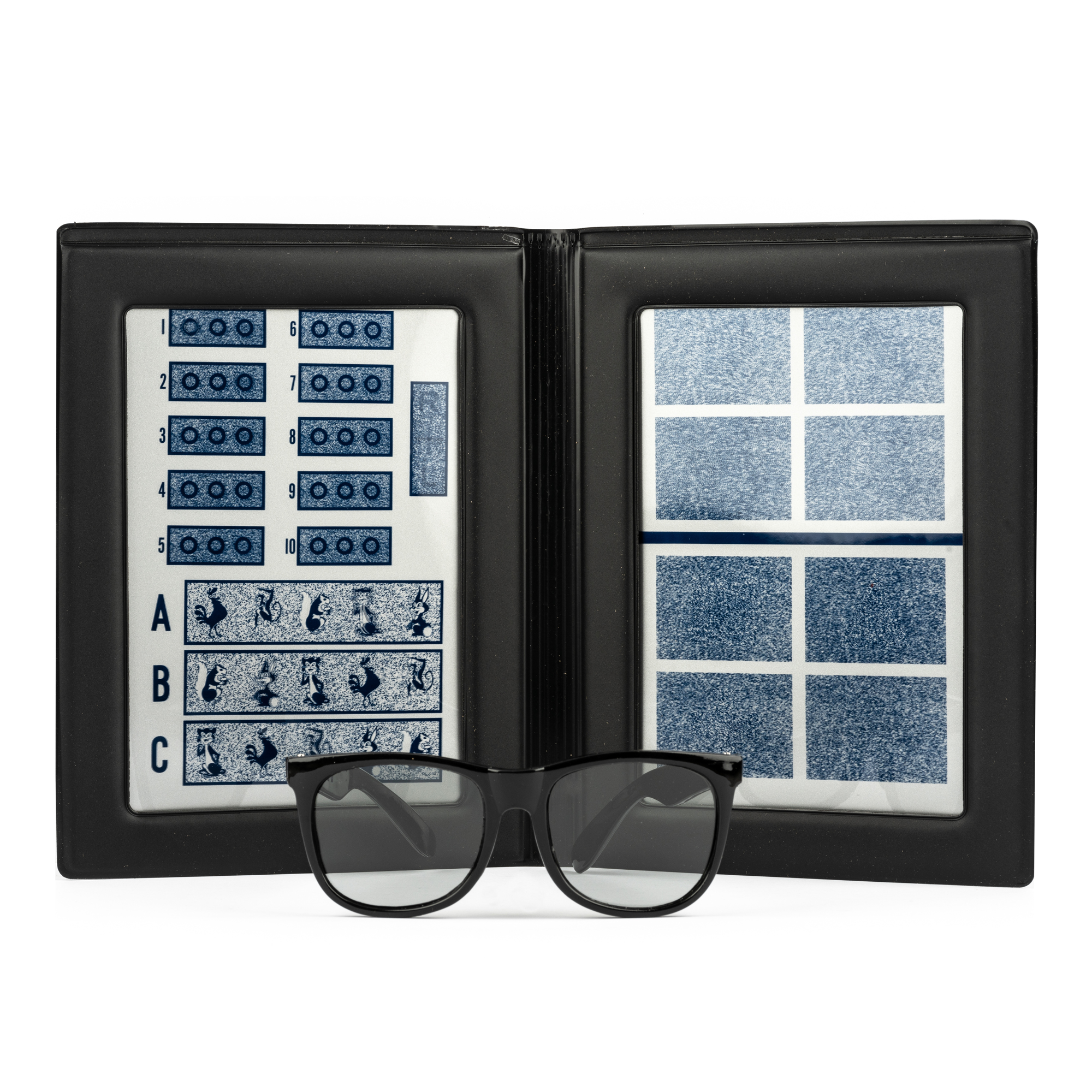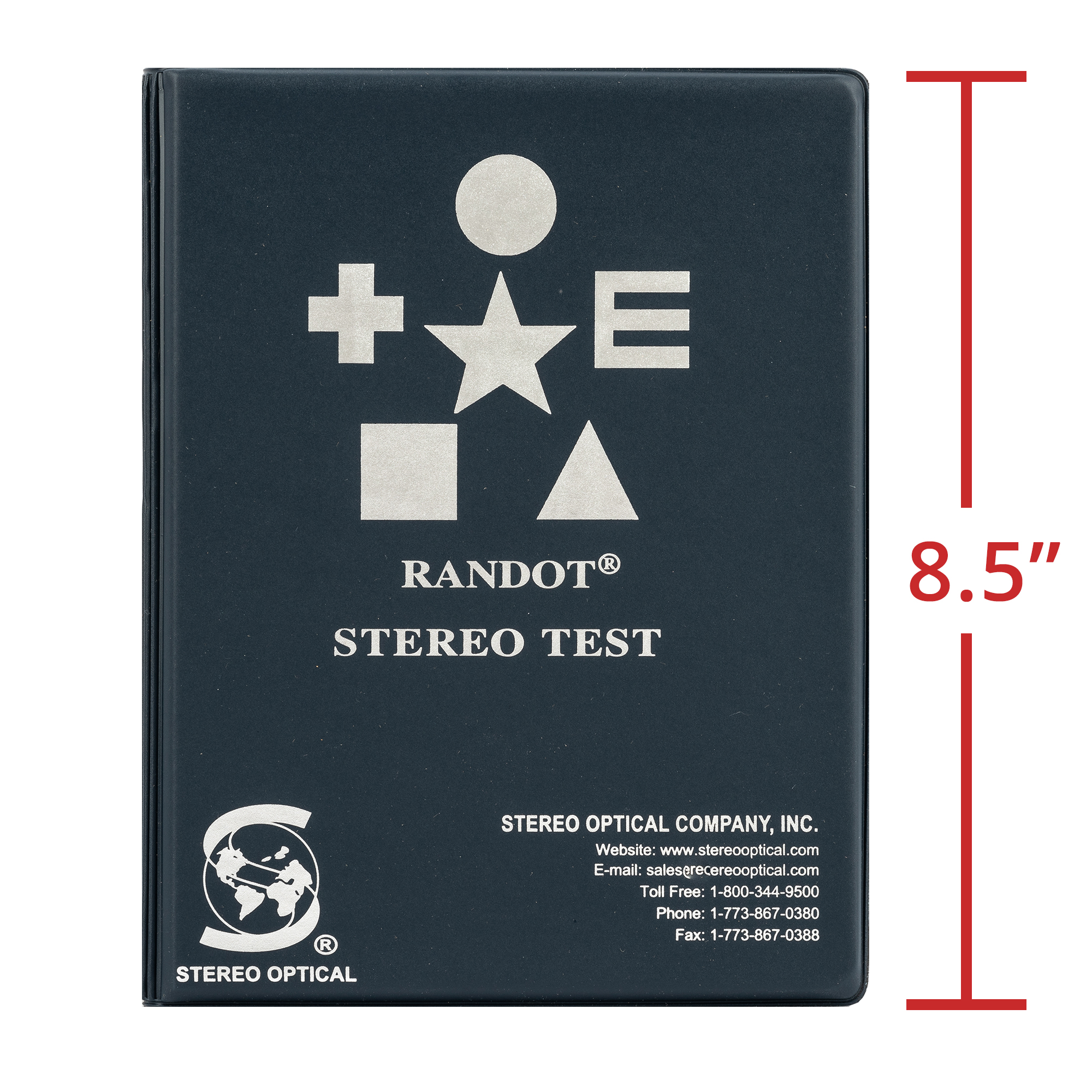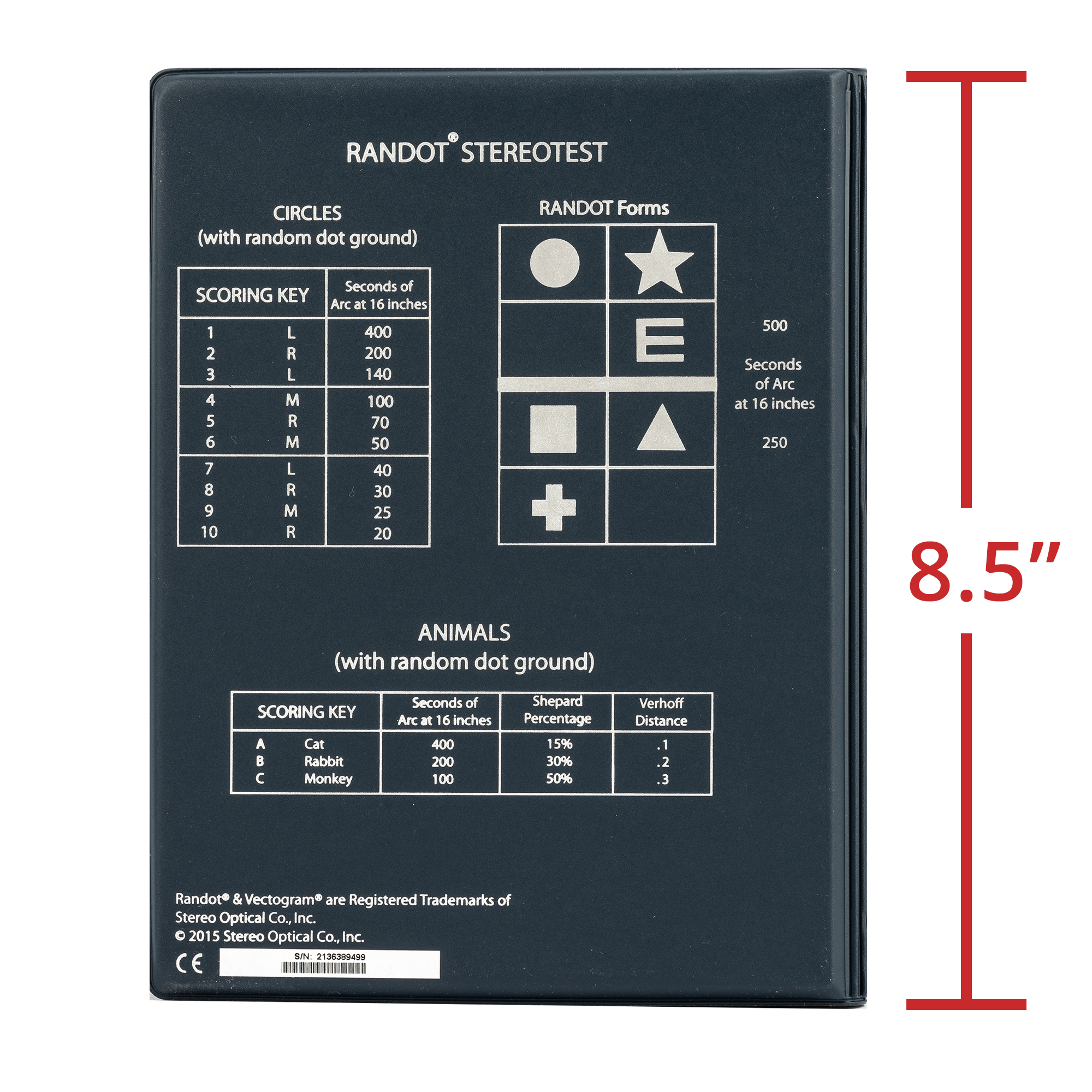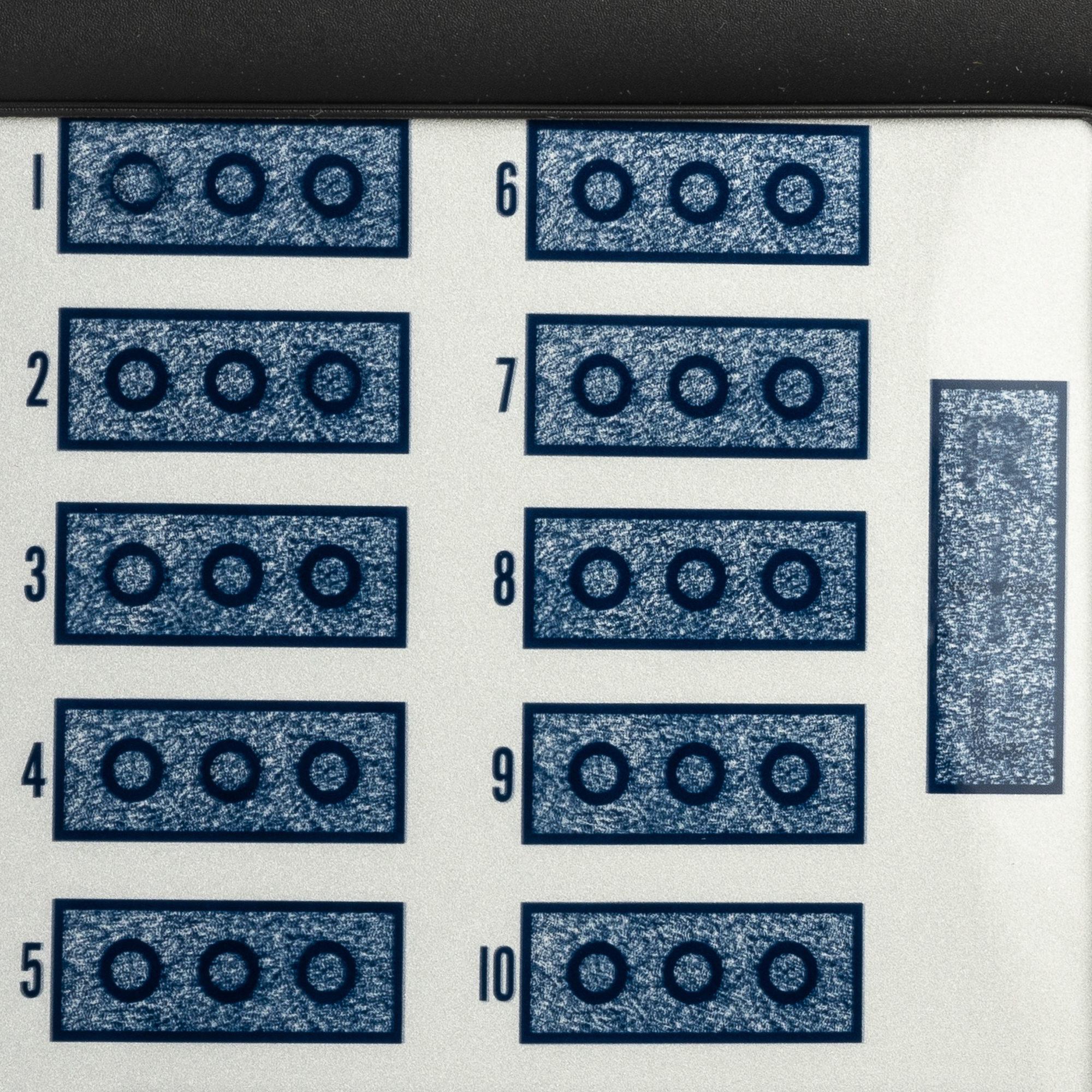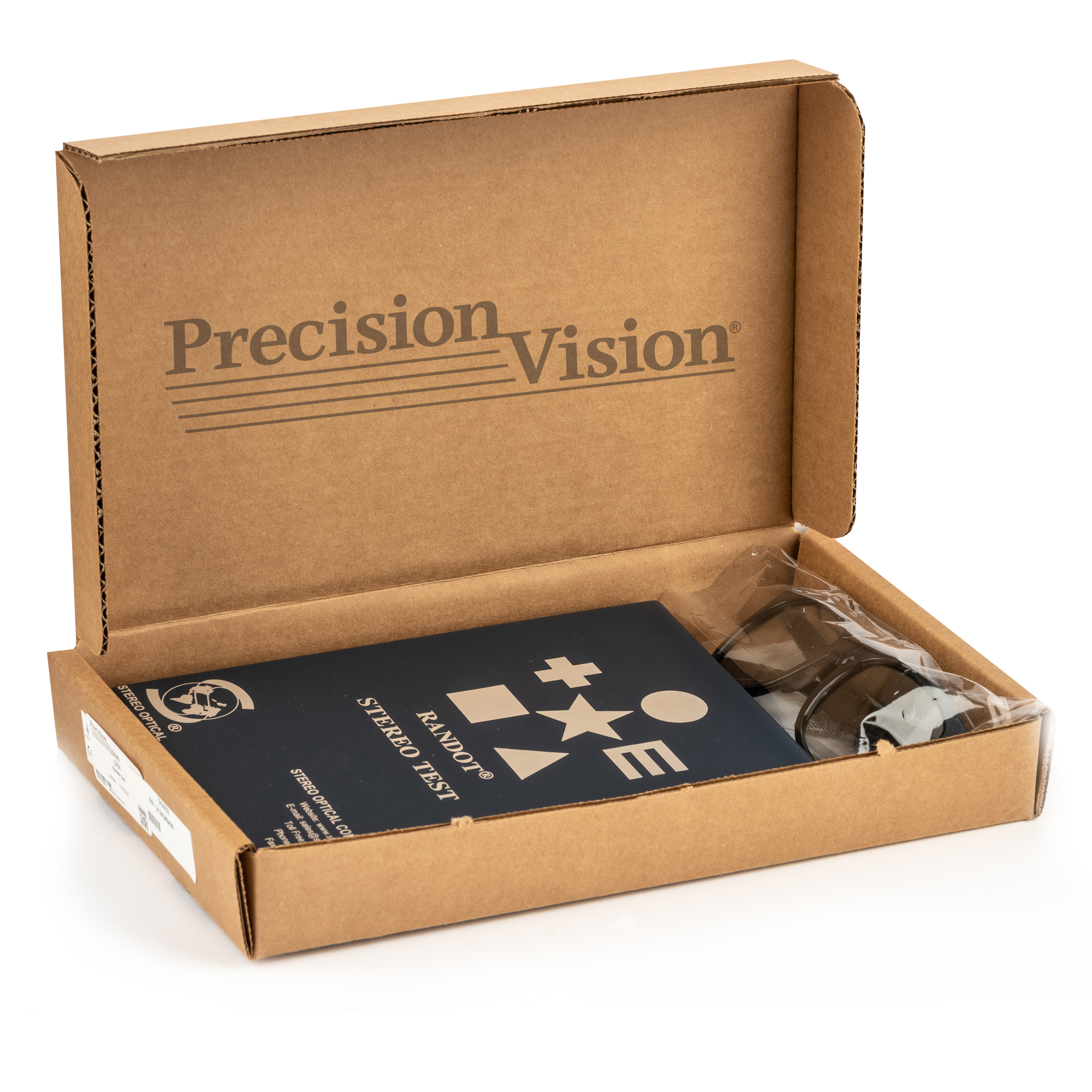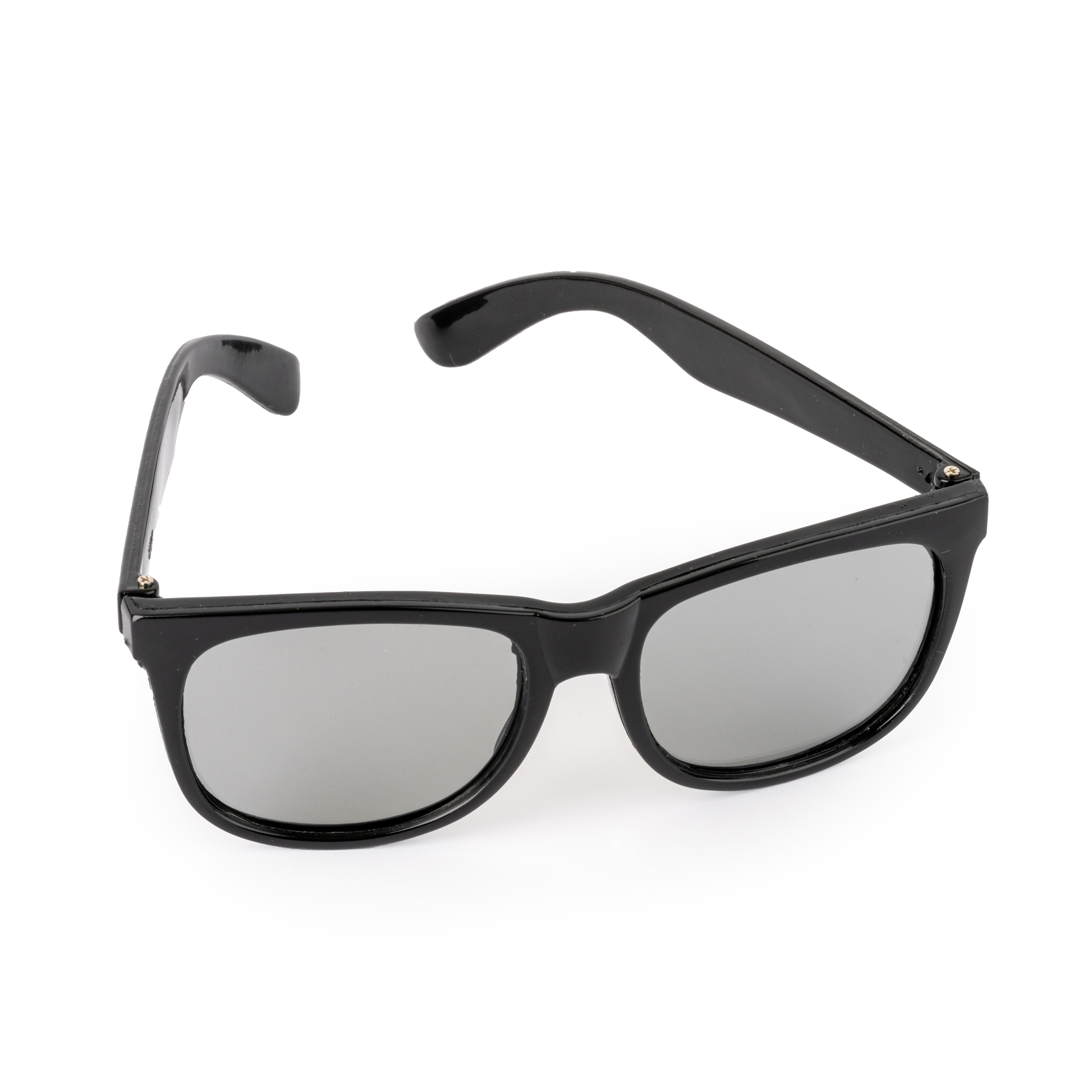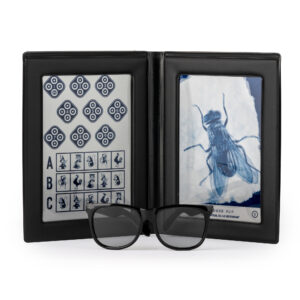Randot Stereo Test
This Randot Stereo Test is aimed for adult stereo testing, but also includes an animal portion for pediatric testing. Adult patients are asked to identify six geometric shapes during testing. This test helps to test the patient depth perception along with normal stereo vision. Adult testing involves 400 to 20 seconds of arc, and pediatric testing involves 400 to 100 seconds of arc.
$211.50
Description
This Randot Stereo Test is aimed for adult stereo testing, but also includes an animal portion for pediatric testing. Adult patients are asked to identify six geometric shapes during testing. This test helps to test the patient depth perception along with normal stereo vision. Adult testing involves 400 to 20 seconds of arc, and pediatric testing involves 400 to 100 seconds of arc.
- Test Includes: Randot test with two levels of stereopsis (500 and 250 seconds of arc), graded circle test (400 to 20 seconds of arc), animal testing for young children (400 to 100 seconds of arc), and one set of stereo glasses.
- Helps in the detection of Amblyopia, Strabismus, and Suppression.
- Can be used for pediatric stereo testing.
The Randot Stereotests provide the opportunity to achieve excellent validity and reliability. Binocularly devised random dot patterns, made popular by computer technology, require the individual to extract a form figure from ground without the help of any monocularly visible contours. As disparity is reduced, however, the subject needs additional help to separate the form of figure from ground, so monocular contour is added. But whether homogeneous or diverse, figure and ground are contiguous with no lateral or vertical distance between them to influence judgment. Although the homogeneous RANDOT test prescribes a “form” response, it is valid if there is perceived only “something” or “nothing” at the proper locations.
This test is produced by: Stereo Optical Company, Inc. Randot is a registered trademark of Stereo Optical Company, Inc.
What is Stereo Vision Screening and What Are the Different Types of Stereo Vision Tests?

